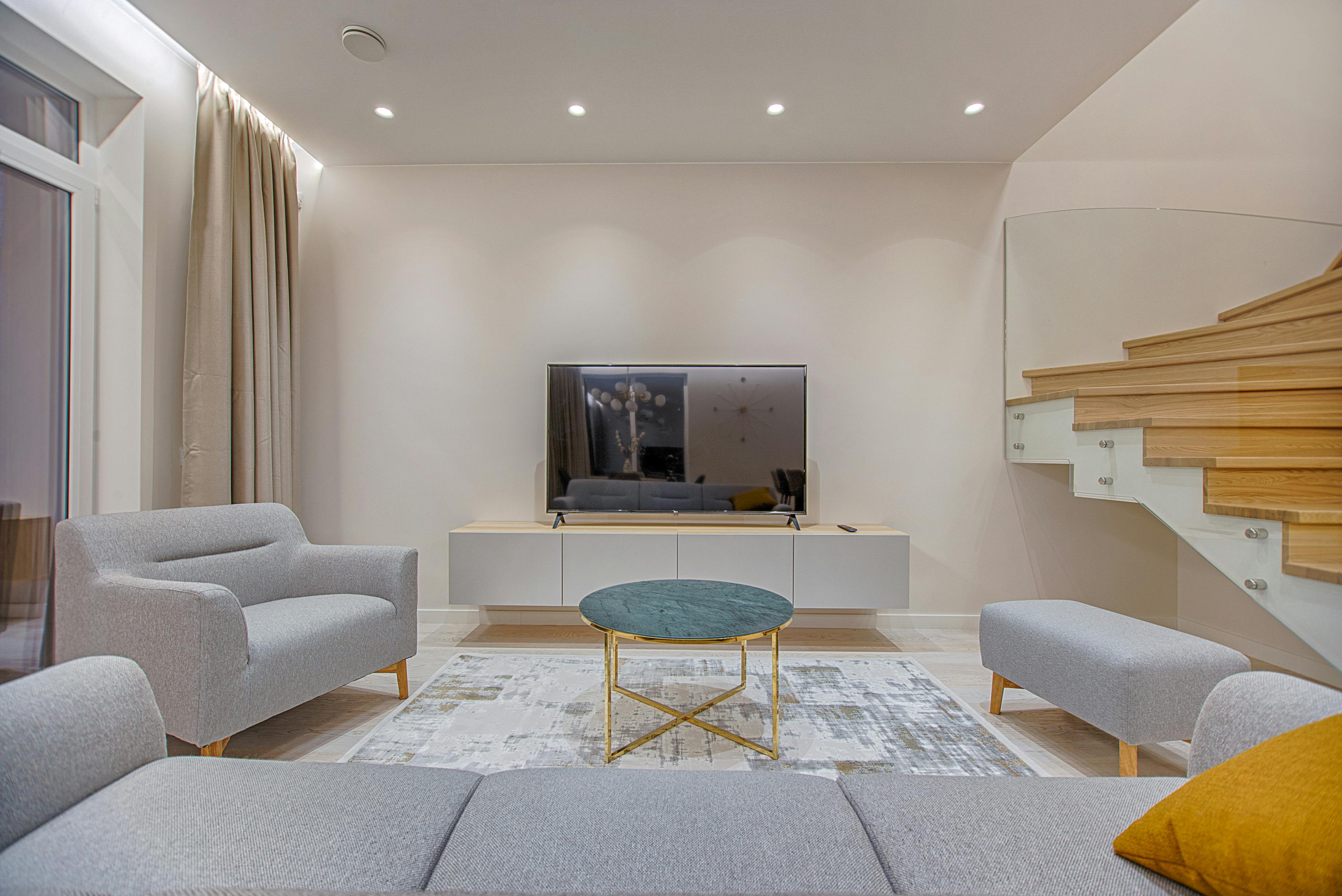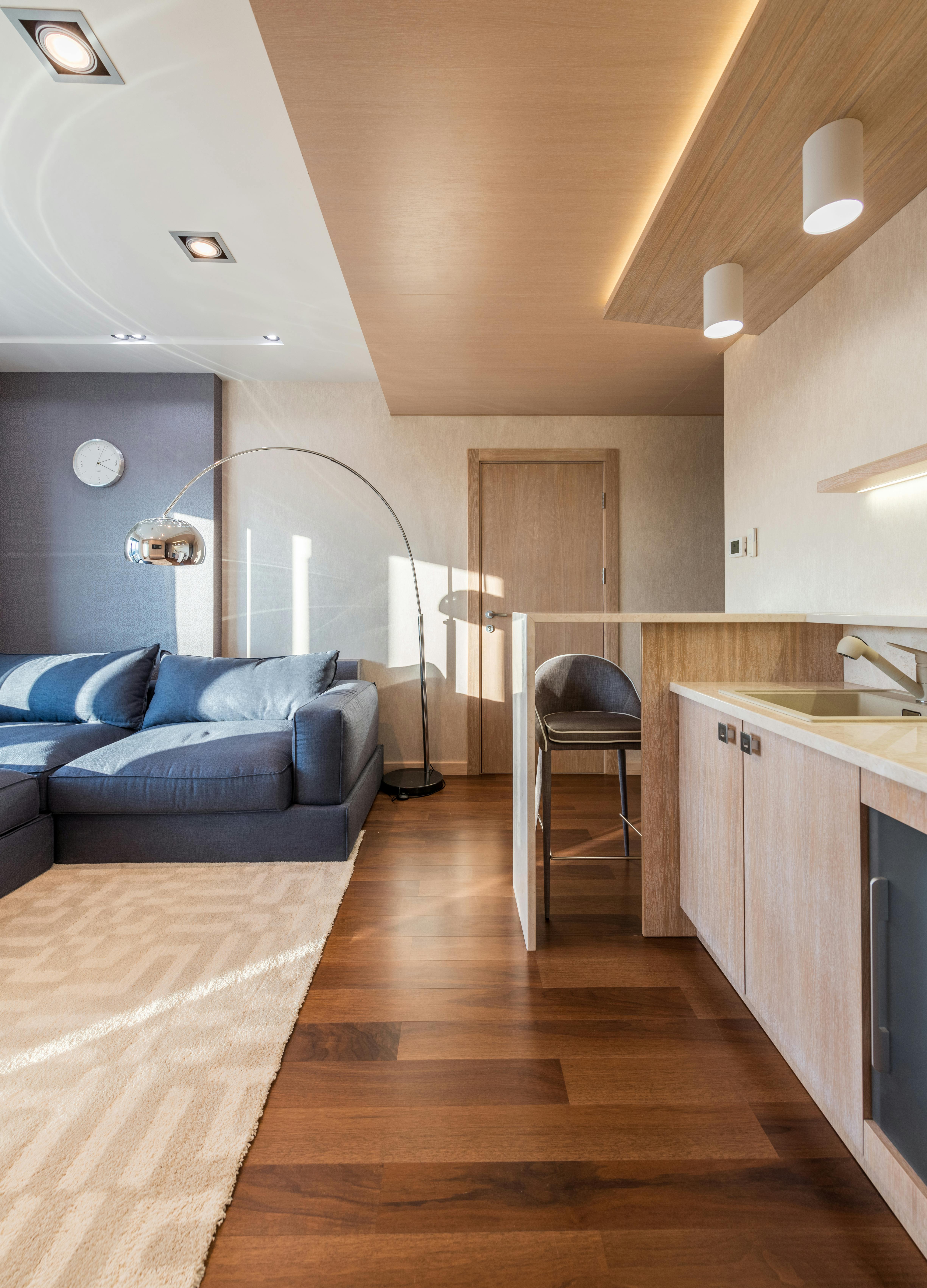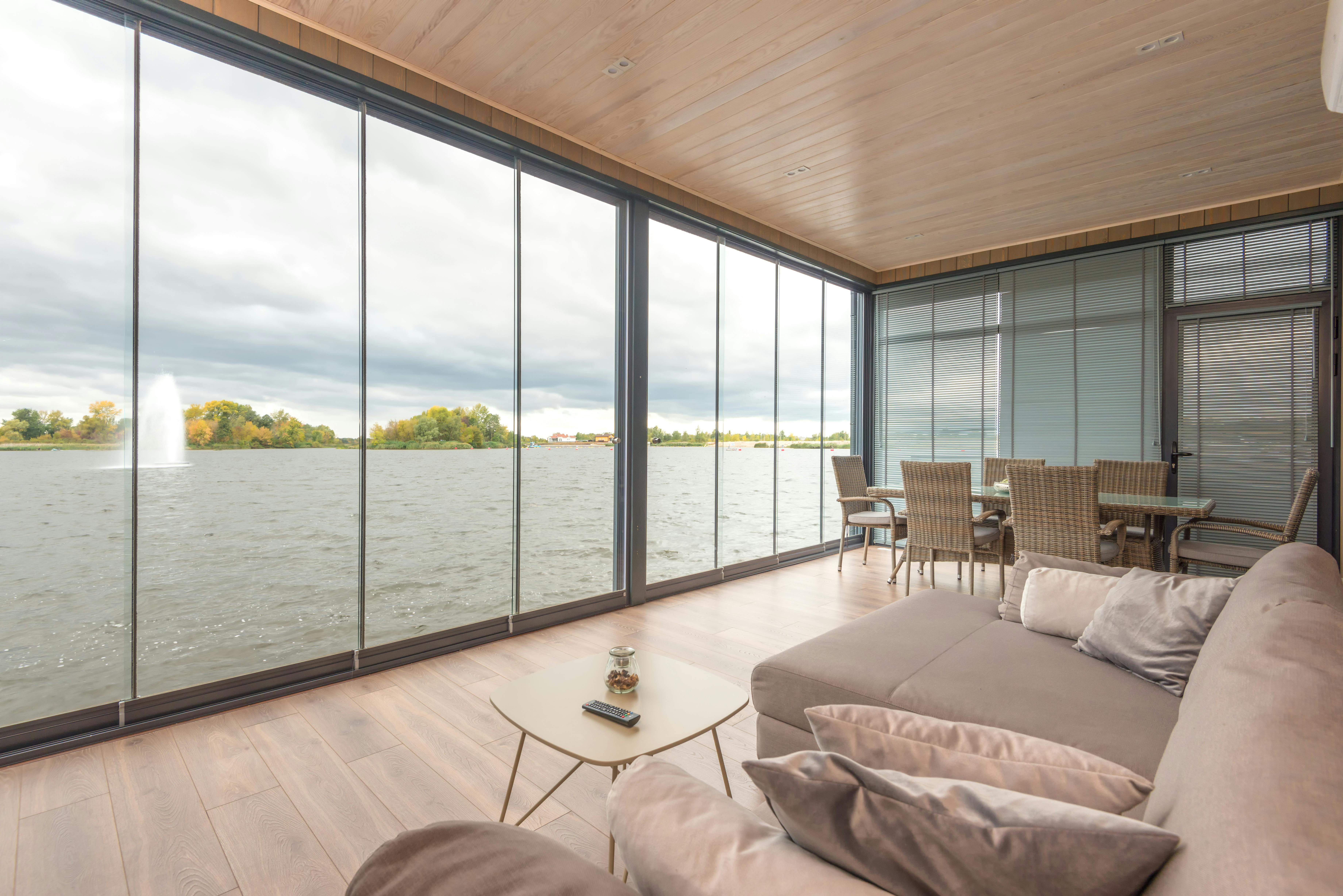-
- Tweet
CartItem(0)ProductProducts Item(0)
No products
Free shipping! Shipping
$0.00Total
Product successfully added to your shopping cart
Quantity
Total
There are 0 items in your cart.There is 1 item in your cart.
Total products (tax excl.)
Total shipping (tax excl.) Free shipping!
Total (tax excl.)
- Email Us contact@dezignlover.com
- WhatsApp : +1(832) 844 1221
Modern Design Furniture For Your Home
On : dimanche, mai 26, 2024

Integrating Modern design into your home is an excellent way to achieve an elegant aesthetic. At 2Modern, our wide selection of top brands makes finding furniture with contemporary appeal easy for every room in the house.
Modern design first emerged during the early 1900s as a response to shifting social and technological environments, featuring minimalist principles influenced by German Werkbund and Bauhaus schools, featuring basic forms with neutral colors, modern materials that were more durable, as well as exposed portions of these components.
Functionality

Modern furniture designs often incorporate multifunctional and modular pieces, which are easy to assemble like puzzle pieces, into their overall appearance and help create an open, less cluttered atmosphere in a room.
Modern design furniture often takes an elegant minimalist approach that limits ornamentation for a clean and sleek aesthetic. This is due to modern furniture's focus on functionality rather than artistic elements; neutral colors add an earthy feel and reduce visual distractions in living spaces.
Modern furniture design emerged during the middle of the 20th century as an alternative to the ornate styles that had been prevalent at that time, due to societal change and technological developments. Modern designers experimented with different materials such as tubular steel or molded plywood while adopting more organic designs.
Modern furniture has quickly become a mainstay in residential and commercial spaces alike, offering sleek designs to make small apartments appear larger, while adding elegance and sophistication. Deciding if modern is right for your space will depend on personal taste as well as what kind of space needs changing; either way, modern can stand the test of time while remaining stylish over the years.
Sustainability

Furniture production and disposal can have a considerable environmental impact, from its materials used during production to how it's disposed of. To minimize its environmental footprint, opt for furniture designed with sustainability in mind; sustainably-crafted pieces allow reuse or repairs while contributing to a circular economy and decreasing landfill waste. Furthermore, consider shipping and packaging impacts when making purchases online.
Many modern furniture brands prioritize sustainability in their designs, offering pieces that are both gorgeous and eco-friendly. Some ways in which these companies reduce their environmental footprint include using recycled fabrics and woods from recycling programs; opting for locally produced materials; using low VOC paints/stains; as well as modular designs which can be disassembled/repaired instead of being thrown out after wear and tear occurs thus prolonging use without increasing waste materials.
Other sustainable options include using reclaimed or salvaged materials that add character and individuality while decreasing demand for freshly cut wood. Furthermore, furniture makers are exploring upcycling unwanted products into functional furniture; Greenington uses Moso bamboo as one such material in crafting stylish designs with lasting beauty as well as environmental responsibility.
Minimalism

Modern furniture design utilizes clean lines and simple shapes that are pleasing to the eye, employing shiny surfaces for ease of cleaning and less decorative touches than earlier era furniture. Furthermore, their compact form makes them easier to transport around than their earlier ancestors. Modern minimalism owes much of its minimalism to technological production methods that were becoming outdated after World War Two; designers wanted new approaches that combined functionality and forward thinking aesthetics into furniture designs.
As a result, contemporary minimalist furniture has evolved into sleek and sophisticated pieces designed by Ludwig Mies van der Rohe and Dieter Rams; such as Barcelona Chair and Braun SK 4 Phonograph respectively. Minimalism has since evolved into an actual lifestyle choice that helps individuals focus on what matters in life.
Minimalist decor and furniture look their best when combined with neutral or subtle hues, like beige, grey and greige - popular choices for walls and floors in minimalist homes; soft pastels or desaturated hues add the final touches; these hues create the ideal canvas to showcase a striking piece of furniture or artwork that stands out.
Form Follows Function

This principle, inspired by Germany's Bauhaus movement, mandates that furniture and decor should serve a purpose in its intended environment. This emphasizes practicality while remaining comfortable for users; furthermore it prioritizes sustainability through natural materials use.
Minimalism is another distinguishing characteristic of contemporary furniture design. This approach to furnishing rejects ornate details and embellishments in favor of clean lines that emphasize functionality, creating more flexible designs that fit various living spaces while meeting multiple purposes - not to mention creating timeless looks that transcend fleeting trends.
Modern designers frequently utilize cutting-edge technologies to experiment with innovative materials. This leads to pieces with unconventional shapes and textures such as tubular steel tubing, molded plastics and plywood; some pieces even incorporate smart features like speakers built-in speakers LED lighting or IoT connectivity - the challenge lies in finding furniture which balances these technological features with its primary function and visual simplicity.
One of the hallmarks of modern design is incorporating user-centric features into furniture. This involves understanding a person's needs and preferences to craft intuitive user experiences that suit any room, be it the kitchen or lounge. Furthermore, user-centric furniture ensures its furniture blends into its surroundings seamlessly; also taking into account environmental considerations like energy efficiency and natural lighting to balance form with function.







